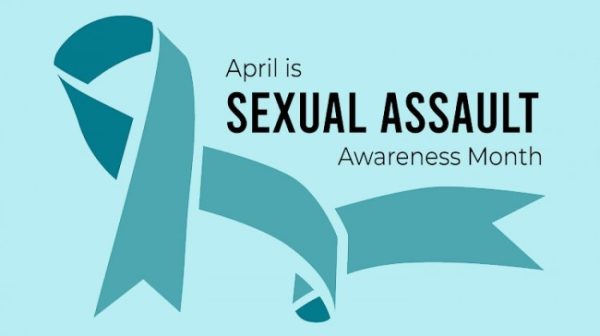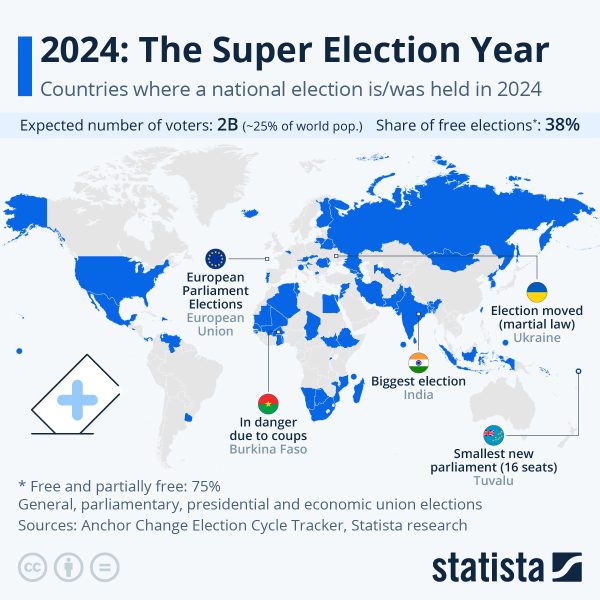The Importance of Nonverbal Communication

October 17, 2022
One of my best relationships is with a girl named Rylee.
Rylee has limited verbal ability due to Down Syndrome. But I’ve learned a lot about her without using a lot of words. I know that one of her favorite foods is hot dog tacos, not because she’s ever explicitly said that, but because whenever I ask her what she’s having for lunch, she smiles and excitedly says “HOT DOG TACOS!”. Our friendship consists mostly of smiles, hugs, and playing tag; it exists outside of the verbal world.
Nonverbal communication is an incredibly important part of every relationship, not just for people with disabilities. It’s something that we all use, even if we don’t realize it. Today, we’ll first look at the definition and scope of nonverbal communication, next, we’ll express the importance of nonverbal communication in everyday life before finally gesturing towards its relevance for people with disabilities.
Nonverbal communication is an umbrella term that includes basically anything besides words that people can use to communicate; ranging from gestures to fashion choices. According to an article published in association with Qingdao University of Science and Technology, some scholars have suggested that humans can make up to “700,000 distinct physical signs”. These signs are used to express a variety of messages, and some cues can have multiple meanings when combined with others. And these meanings are all understandable, as they are universal due to the evolutionary edge they offer. This is supported by research from David Matsumoto, published through the American Psychological Association, which found that individuals who have been blind since birth have been found to make the exact same facial expressions as sighted people in emotional situations. The blind couldn’t have learned these expressions from watching others, supporting that these expressions are innate. Nonverbal communication is so vital, that it is something we are programmed from birth to perform.
So, we all use nonverbal communication as part of our evolutionary skills. But why? Why is it important? It’s important because it dictates our ability to form complex relationships and communications. Research published by the Introduction to Public Communication textbook from Indiana State University indicates that when the verbal and the nonverbal contradict, the audience interprets nonverbal cues as more reliable. This is why you can understand sarcasm, why you can shift the meaning of a sentence without changing its words, and how you can detect when others are lying, an important skill for survival. Indiana State University also outlines how nonverbal communication is directly correlated to relational attachment, and those who are close, such as partners or best friends, can better understand each other’s nonverbal cues. Basically, it’s the reason why you can share a look with a friend across the classroom and understand what they are indicating, when it’s not so obvious to everyone else. Nonverbal communication is the backbone of human relationships, and is therefore vital to social interactions.
And while nonverbal communication is vital to expressing intentions, emotions, and connections in everyday life, the importance of it is even grander when it comes to allowing people with disabilities to communicate. My friend Rylee isn’t the only person out there who relies mostly on nonverbal communication every single day. An article published by the National Center for Biotechnology Information outlines the importance of gestures for children with Down Syndrome. It states how they often rely on gestures instead of words because they find gestures easier to learn and use, and often use them to communicate their everyday needs. Another form of nonverbal communication is visual cues. According to the Alzheimer’s Society, a research and support group based in the United Kingdom, a person who finds conversation difficult can use visual pictures instead to communicate things like what they’d like to eat or where they’d like to go. It’s important after they’ve totally lost their verbal abilities, and is often one of their last sources of communication. In all cases, nonverbal communication is incredibly important to those who struggle with verbal.
Nonverbal communication is all around us. It’s an umbrella term covering basically anything we’ve been programmed to do in order to express ourselves outside of language. It’s important in everyday communication and relationships, and it’s importance only rises when it comes to those with disabilities. Through my friend Rylee, I’ve learned a lot about the way we express ourselves. We should all be mindful of our nonverbal cues, because they’re how we relate to one another, and therefore are the core of human connection.
Image Source:
https://encrypted-tbn0.gstatic.com/images?q=tbn:ANd9GcQhOZEQk3Ia9MLwjlvTImP0U-gLSIXLuhflH6aTd1bGq2Rz1dJ8WePMXNxIqlKWvvwSzLE:https://expressyourselfspeech.ca/wp-content/uploads/2021/05/Videos-for-Nonverbal-Communication-min.jpg&usqp=CAU
Works Cited:
Lorang, Emily, et al. Maternal Responsiveness to Gestures in Children With Down Syndrome. National Center for Biotechnology Information National Library of Medicine, 27 Aug. 2018. National Library of Medicine National Center for Biotechnology Information, https://doi.org/10.1044/2018_AJSLP-17-0138. Accessed 2 Oct. 2022.
Matsumoto, David, PhD, and Audrey Hamilton. “Speaking of Psychology: Nonverbal communication speaks volumes.” American Psychological Association, 2016, www.apa.org/news/podcasts/speaking-of-psychology/nonverbal-communication. Accessed 2 Oct. 2022.
“Non-verbal communication and dementia.” Alzheimer’s Society, 19 Jan. 2022, www.alzheimers.org.uk/about-dementia/symptoms-and-diagnosis/symptoms/non-verbal-communication-and-dementia. Accessed 2 Oct. 2022.
Pine, Katherine, and Bryan-Mitchell Young. Introduction to Public Communication. Edited by Bryan Hayden and Natasha Rascon, 2nd ed., Indiana State University. Indiana State University Press Sites, Indiana State University, kell.indstate.edu/pub-comm-intro-2ed/front-matter/acknowledgements/. Accessed 2 Oct. 2022.
Wang, Haiyan. Nonverbal Communication and the Effect on Interpersonal Communication. School of Foreign Languages, Qingdao University of Science and Technology, Nov. 2009. SemanticScholar, pdfs.semanticscholar.org/f9d1/7f2b9eb9b7ef9ffc8b2005fca7fa218b4f2d.pdf%5C. Accessed 2 Oct. 2022.








